The face, with an oval shape and idealised features, exudes a deep serenity. The eyes are delicately closed, in a state of deep meditation or contemplation, with heavy eyelids and finely incised eyebrow arches that join on the forehead. The nose is wide and well proportioned, while the full and fleshy lips are outlined in an enigmatic and benevolent smile, typical of the Khmer depictions (the so-called "Angkor smile").
The forehead is wide and smooth, suggesting an expression of wisdom. The head is topped with an elaborate headgear, which develops into a multi-tiered conical shape, perhaps representing a royal diadem, a stylisation of the hairstyle of a Bodhisattva or a deity. The ears are elongated, with lobes that may once have supported jewellery, as is typical in Buddhist and Hindu iconography.
State of Conservation:
The surface of the red sandstone shows a natural patina and the hallmarks of time and exposure, with a slightly rough texture. There are small losses of material and chips, particularly on the earlobes and along the contours of the headgear, which however do not compromise the readability and aesthetic impact of the work. The absence of the lower neck and body indicates that the head was originally part of a larger sculpture, presumably a Buddha, a Bodhisattva or a Hindu deity. It is currently mounted on a solid modern black metal pedestal that ensures stable exposure.
Cultural and Artistic Meaning:
This piece is an important testimony to the spread and evolution of Khmer art outside its central geographical core, reflecting the cultural and religious influences prevailing in the region during the Angkorian period. The quality of the sculpture and the expression of the face make it an object of considerable historical-artistic interest and a valuable addition to any collection of ancient Asian art.






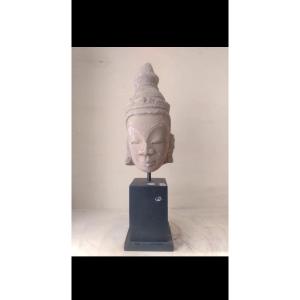




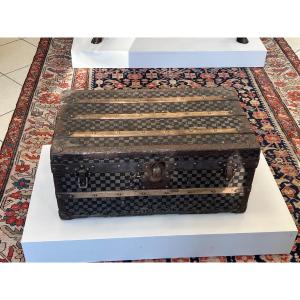


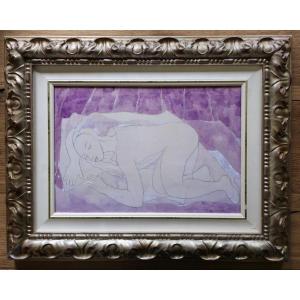


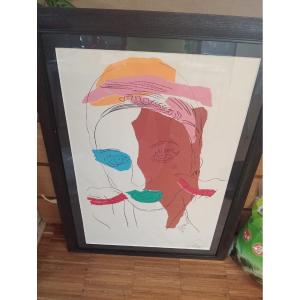


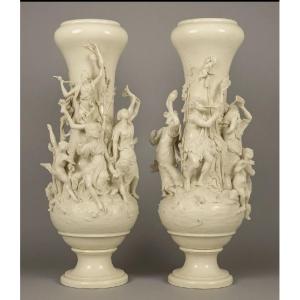


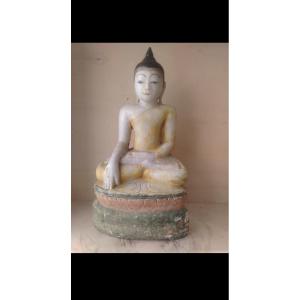



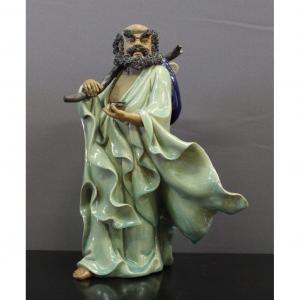




 Le Magazine de PROANTIC
Le Magazine de PROANTIC TRÉSORS Magazine
TRÉSORS Magazine Rivista Artiquariato
Rivista Artiquariato